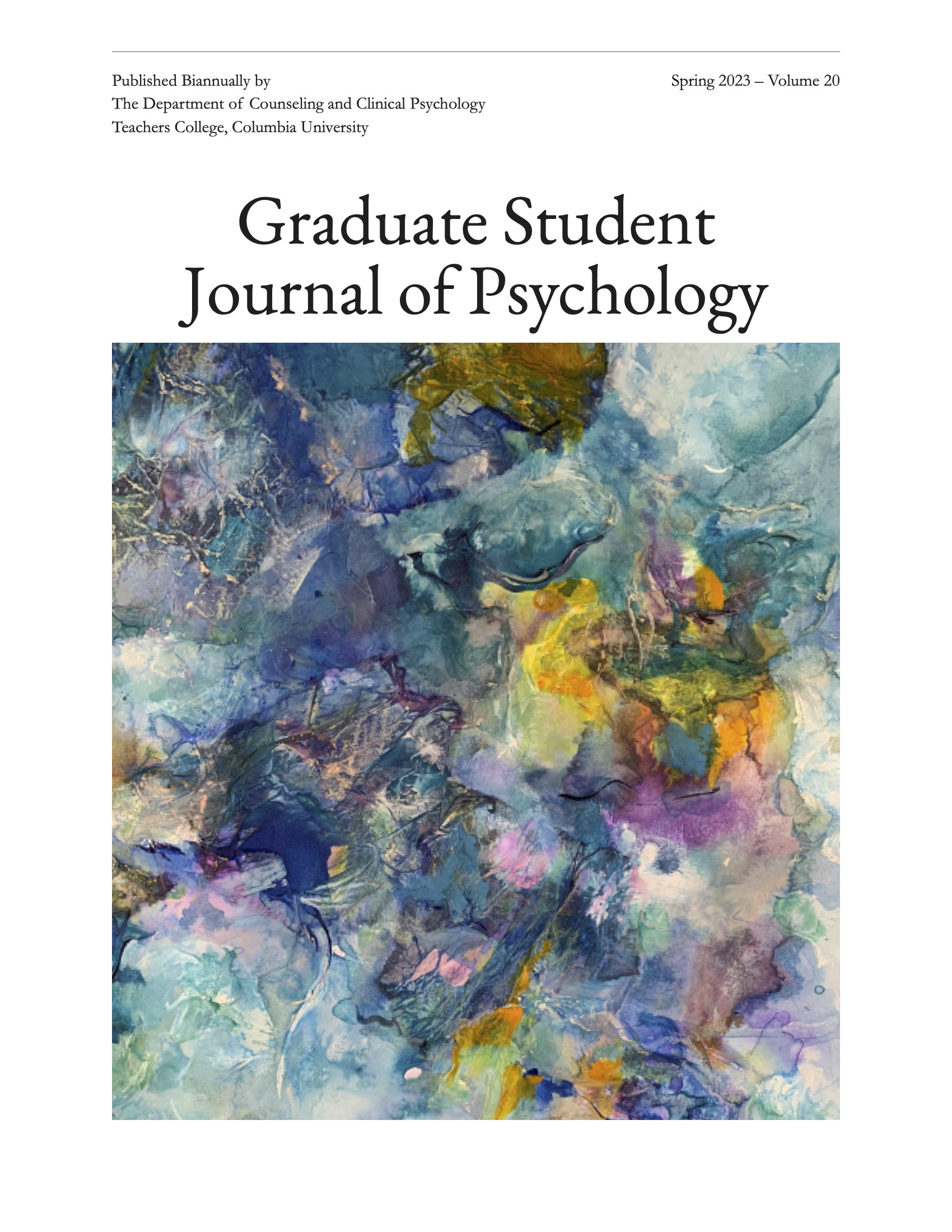Autism Spectrum Disorder and Face Identity Recognition Deficit across Ages
Main Article Content
Abstract
The purpose of this review was to assess the face identity recognition deficit and the developmental difference that manifested in autism spectrum disorder (ASD) compared to their typically developing (TD) peers. Based on the meta-analysis using a random-effect model of 94 studies, with 144 effect sizes, for both adult and pediatric subjects with simultaneous and delayed face identity recognition paradigms, the underperformance in ASD was significant and persistent across ages. In addition, a higher level of deficit was found in adult ASD when performing simultaneous face-matching tasks while other subgroups showed homogenous effect sizes. This suggested a dissociation between the difficulties of the two mechanisms of face recognition: face perception (perceiving identity from the face with minimal memory load required) and face memory (recall of identity from the face that requires memory load), which was only shown in adults but not in children. The result indicated the possibility of using face identity recognition deficit as a diagnostic trait for ASD.
Article Details

This work is licensed under a Creative Commons Attribution-NonCommercial 4.0 International License.

